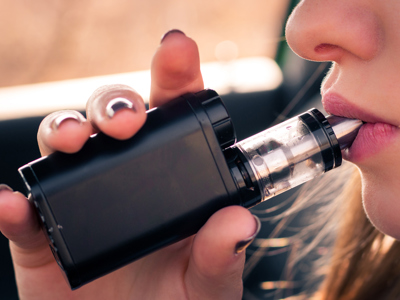- Doctors & Departments
-
Conditions & Advice
- Overview
- Conditions and Symptoms
- Symptom Checker
- Parent Resources
- The Connection Journey
- Calm A Crying Baby
- Sports Articles
- Dosage Tables
- Baby Guide
-
Your Visit
- Overview
- Prepare for Your Visit
- Your Overnight Stay
- Send a Cheer Card
- Family and Patient Resources
- Patient Cost Estimate
- Insurance and Financial Resources
- Online Bill Pay
- Medical Records
- Policies and Procedures
- We Ask Because We Care
Click to find the locations nearest youFind locations by region
See all locations -
Community
- Overview
- Addressing the Youth Mental Health Crisis
- Calendar of Events
- Child Health Advocacy
- Community Health
- Community Partners
- Corporate Relations
- Global Health
- Patient Advocacy
- Patient Stories
- Pediatric Affiliations
- Support Children’s Colorado
- Specialty Outreach Clinics
Your Support Matters
Upcoming Events
Child Life 101
Wednesday, June 12, 2024Join us to learn about the work of a child life specialist, including...
-
Research & Innovation
- Overview
- Pediatric Clinical Trials
- Q: Pediatric Health Advances
- Discoveries and Milestones
- Training and Internships
- Academic Affiliation
- Investigator Resources
- Funding Opportunities
- Center For Innovation
- Support Our Research
- Research Areas

It starts with a Q:
For the latest cutting-edge research, innovative collaborations and remarkable discoveries in child health, read stories from across all our areas of study in Q: Advances and Answers in Pediatric Health.


Understanding the Teen Brain

Assembled from a series of MRI scans, the seven-second YouTube clip shows a computer-generated brain turn from mostly red to mostly blue. It’s a model of grey matter maturing from age 4 to age 21. Psychiatrist Joel Stoddard, MD, stops it at second six and points to a couple of areas, still greenish, around the front and sides.
“See, these regions are the last to mature,” he says. “This was groundbreaking when it came out.”
Those regions, collectively known as the ‘frontoparietal control network,’ are major centers of what used to be known as executive function. These days, says Dr. Stoddard, experts who study the brain prefer to call it ‘cognitive control.’
“The idea that there’s a little executive person in our heads directing everything doesn’t make sense,” he says. “It’s really about different brain areas doing what we call ‘competing to bias.’”
Teens’ shortage of “cognitive control”
“Let’s say I have to write a paper. That’s my long-term goal, but I’m also feeling an urge to play Fortnite. There’s no little man in there going, ‘write paper, not play Fortnite.’ There are active areas for both, and they’re in competition. The goal is going to bias toward writing the paper. But in adolescence, the Fortnite urge is strong.”
Cognitive control supports the ability to put aside short-term gratification in pursuit of a long-term goal, and it gets stronger with age and experience. Accomplishment rewards the brain’s pleasure centers. Conversely, an inability to delay gratification in pursuit of a goal can trigger emotional distress. Over time, then, goal-directed behavior naturally reinforces itself.
But teens don’t have an adult’s experience to draw on. There’s also the fact that, in adolescence, our reward centers mature much quicker than our control centers. That disparity sets up a strong bias toward short-term gratification. Plus, there’s the hormones.
“And it’s not just sex and candy,” says Dr. Stoddard. “It’s also aggression. If I’m not getting what I want, I’m maybe going to try to gratify that by acting out or taking risks.”
The fundamental difference between teen and adult brains
So what’s a parent to do? First of all, says Dr. Stoddard, it helps just to recognize where teens are at. They may seem mature, and in many ways they are — but their capacity for self-regulation just isn’t. And that’s naturally going to make them a little more… unpredictable.
Helping teens set and accomplish small, deliberate goals (for example, maybe the first goal is to write just one sentence of the paper) can help build and reinforce the foundations of cognitive control that will serve them in adulthood. But there’s no quick fix for maturity.
“We’re just fundamentally different developmentally,” he says. “It’s natural for them to want to play Fortnite.”
He sips his coffee and spends a moment thinking that over.
“Maybe the trick is not prevention, but diversion. I had a colleague once. He said, ‘My kid has such urges.’ I said, ‘What do you do?’ He said, ‘I just put him in sports and tucker him out.’”
Learn more about Dr. Stoddard and his team’s Emotional Development Laboratory on the Anschutz Campus.



 720-777-0123
720-777-0123






